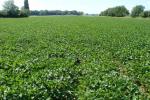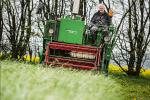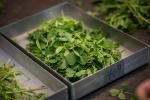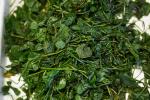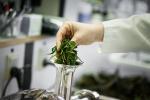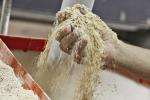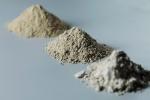WP1 Alternative feed ingredients and real-time characterisation
WP leader: Knud Erik Bach Knudsen (Aarhus University)
Involved partners: AU, WUR, UNEW, IRTA, KU, CAU , Hamlet Protein, BUHLER, DUPONT, IFIP, Terres Inovia
Objectives
WP1 aims to develop novel high-quality European based feed protein ingredients and develop methodologies for characterisation of chemical and nutritional properties of feed in real-time. The WP will focus on:
- alternative European feed resources and improving the potential of EU protein feeds;
- the exploration of novel feed processing and enzyme technologies to improve the nutritional value of feeds;
- the development of new methodologies for the real-time characterisation of chemical composition and nutritional value of feeds.
The novel feed ingredients, enzyme technologies, and feed characterisation methodologies will be used for the development of novel feed efficiency traits (WP2), as inputs for modelling digestion (WP3), and the development of precision feeding systems (WP4).
Approach
This WP integrates state–of-the-art knowledge from other on-going research programmes for the development of its different tasks. We will investigate the potential of alternative European feedstuffs to increase their production in quantity and quality in Europe. The focus will be on protein as a response to the increased need, thereby helping Europe to reduce its dependency on imported protein sources. We will also identify and qualify the impact of feed technologies such as heat treatment and enzyme technologies to improve the nutritive values of feedstuffs. An additional approach is the development of new analytical technologies that can be used to predict the chemical composition and nutritional value of feedstuffs in real-time. This WP has strong links with the activities in WP2, WP3, WP4, WP6 and WP7.
Tasks
- Task 1.1: Production of novel feed protein from rapeseed and European grown soybeans (M1-M36)
- Task 1.2: Production of novel feed protein from green biomass (M12-M48)
- Task 1.3: Novel feed-processing technology to upgrade alternative feed ingredients (M6-M48)
- Task 1.4: Nutritional evaluation of novel feed ingredients (M12-M48)
- Task 1.5: Improvements in nutritive value by use of novel enzymes (M12-M54)
- Task 1.6: New methodologies for characterisation of nutrient composition and value (M1-M54)
